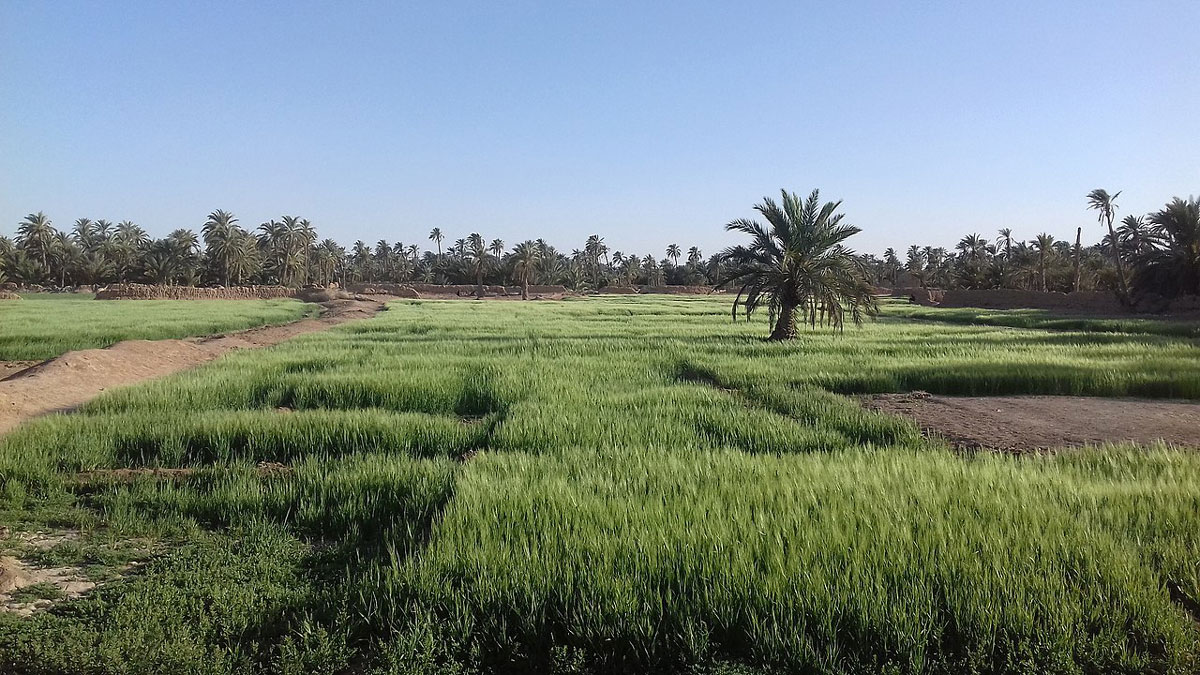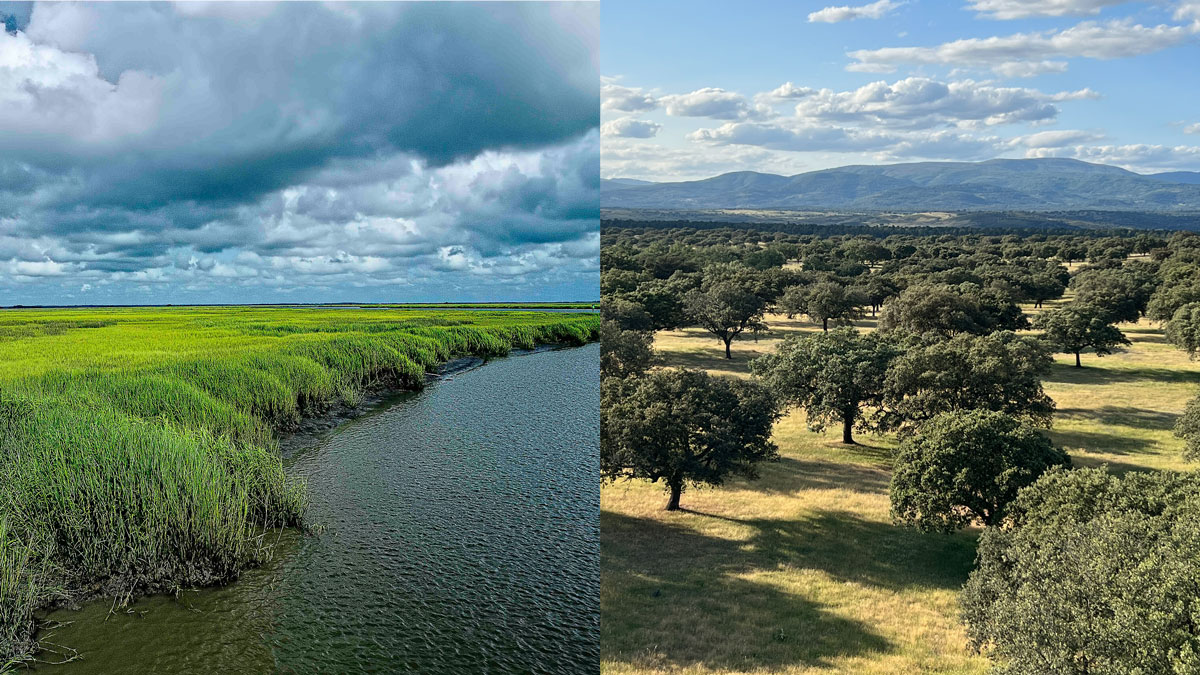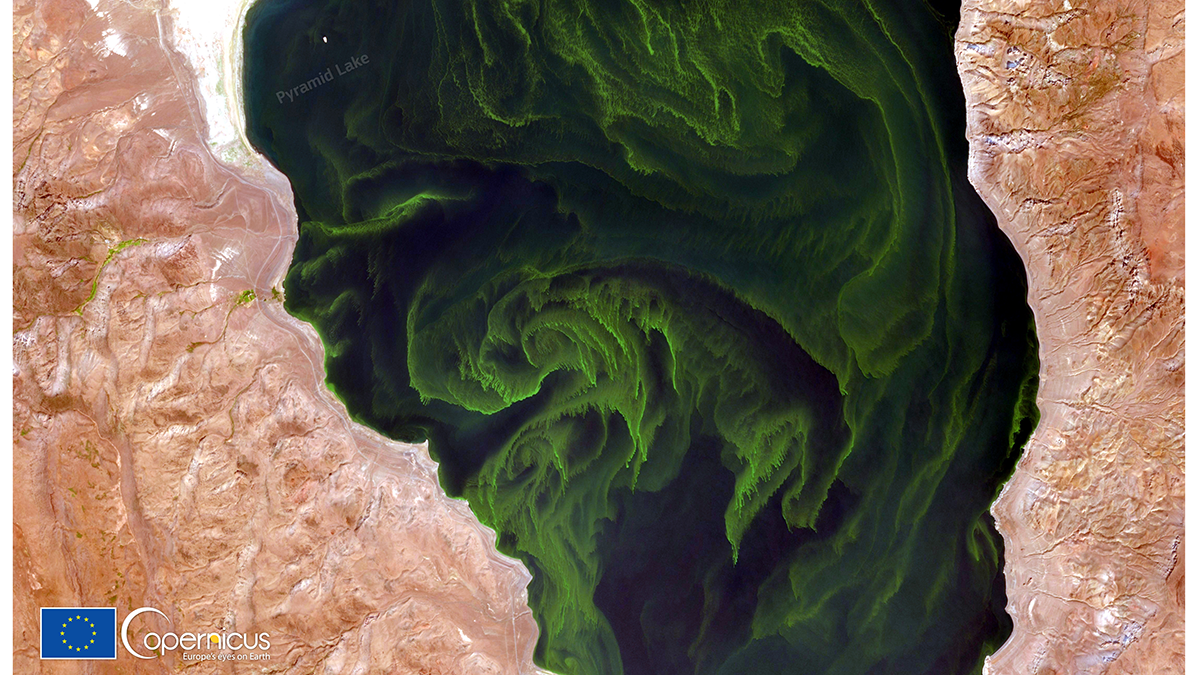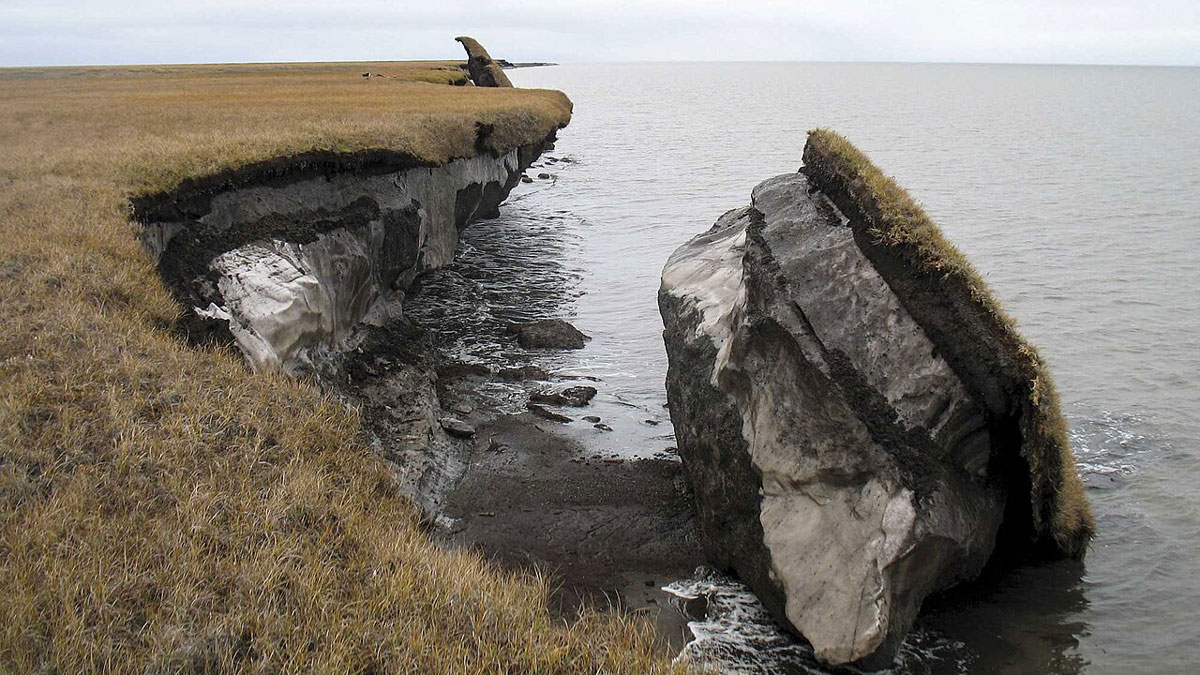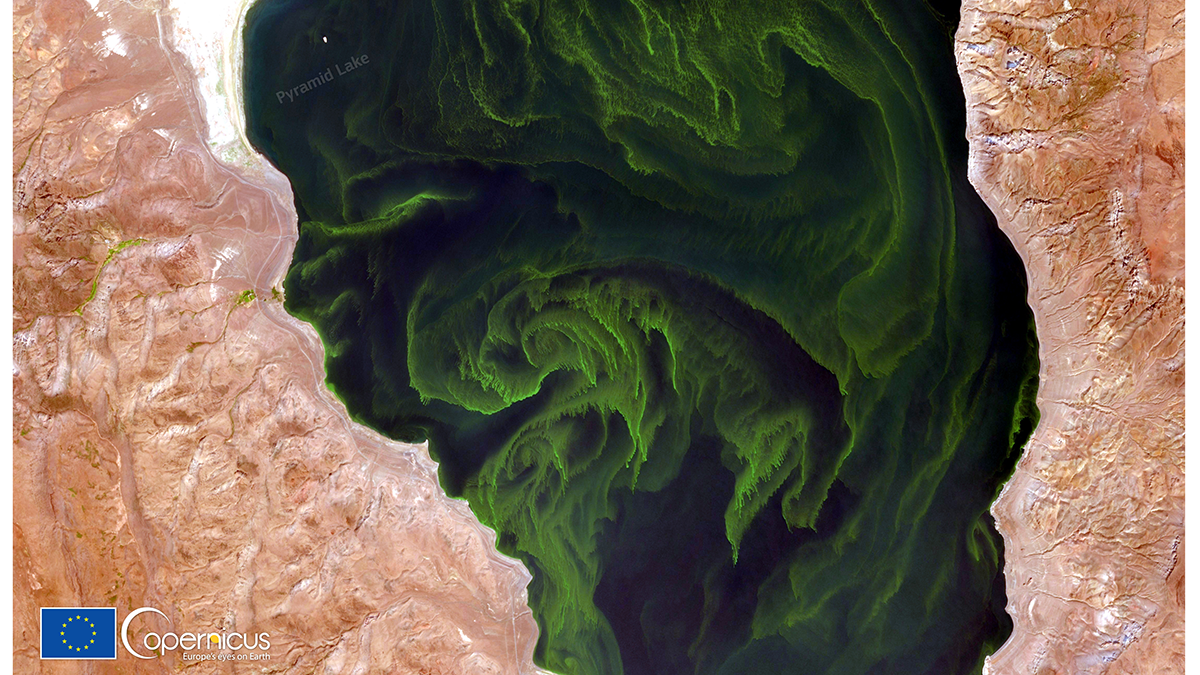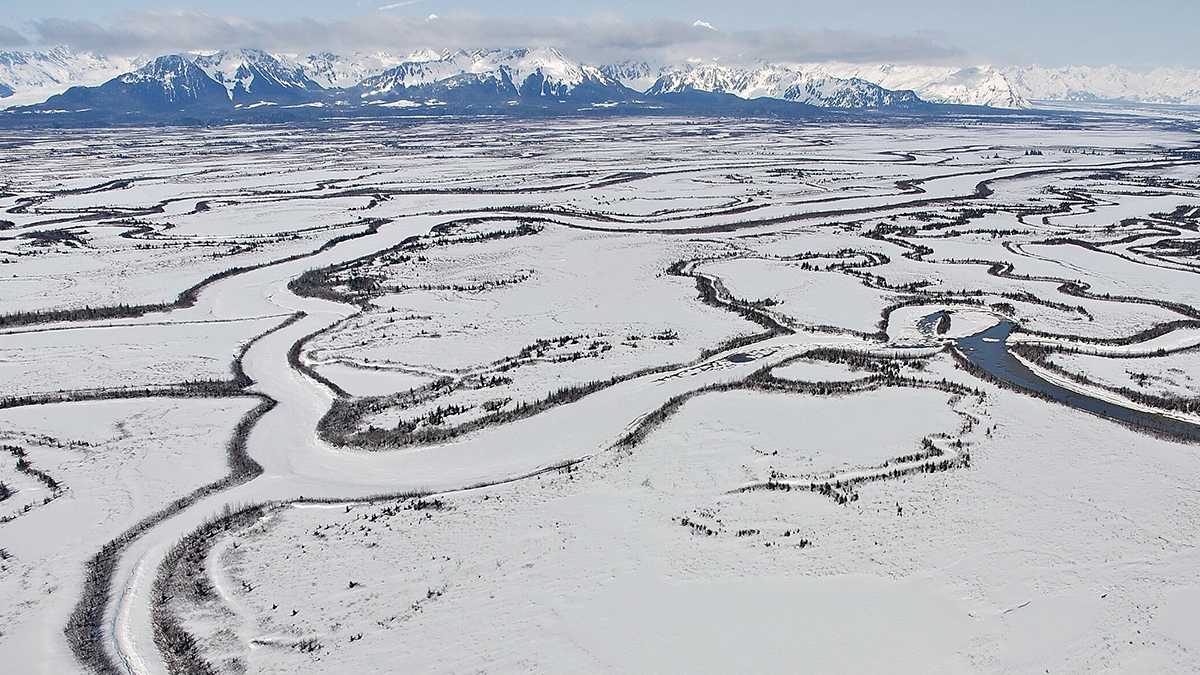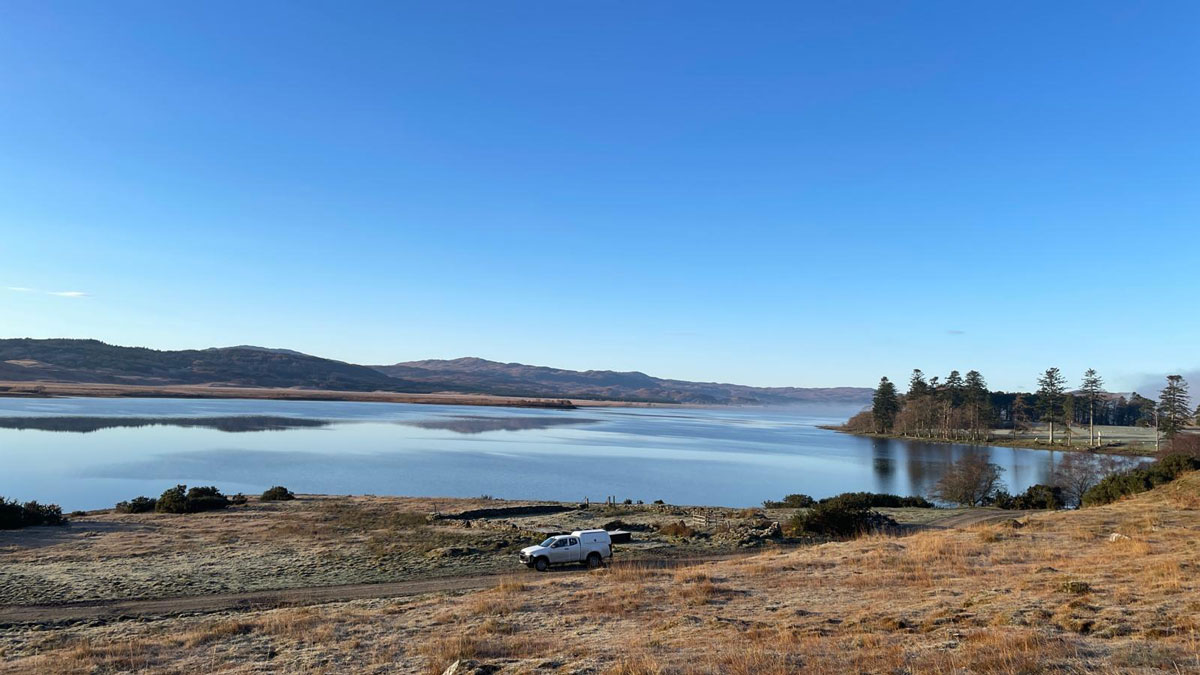New research in North Africa is validating calls for communal rain prayers as a means of tracking droughts in the region.
Nathaniel Scharping
The Land Beneath Antarctica’s Ice Might Be Full of Water
Seismic surveys hint at the extent of a potential groundwater system in the White Continent.
Understanding Flux, from the Wettest Ecosystems to the Driest
Pulses of activity, from tides to precipitation swings, play a crucial, changing role in ecosystems worldwide.
全球气候模型需要全面纳入氮循环
氮在气候变化、人类健康和农业等领域发挥着重要作用。一位研究人员认为,气候模型若能更全面地纳入氮的影响,将会受益匪浅。
Understanding Cloud Droplets Could Improve Climate Modeling
The microphysical structure of cloud droplets affects behavior like precipitation. Current models may be underestimating how much these structures can vary within a single cloud.
In Arctic Soils, Methane-Eating Microbes Just Might Win Out over Methane Makers
Methanotrophs, including those that capture methane from the air, seem to outcompete methanogens in dry environments, a new study shows.
Global Climate Models Need the Nitrogen Cycle—All of It
Nitrogen plays important roles in areas including climate change, human health, and agriculture. A researcher argues that climate models would benefit from more fully incorporating its influence.
Tectonics and Climate Are Shaping an Alaskan Ecosystem
Biogeochemical research reveals the web of forces acting on a high-latitude microbe community in the Copper River Delta.
New 3D Model Reveals Geophysical Structures Beneath Britain
Using magnetotelluric data to identify subsurface electrically conductive and resistive areas, scientists can identify underground features and predict how space weather may affect infrastructure.
New USGS Map Offers an Interactive Look at the Rocks Beneath Our Feet
The Cooperative National Geologic Map is an interactive tool that builds on both cutting-edge technology and decades of mapping by geoscientists.

